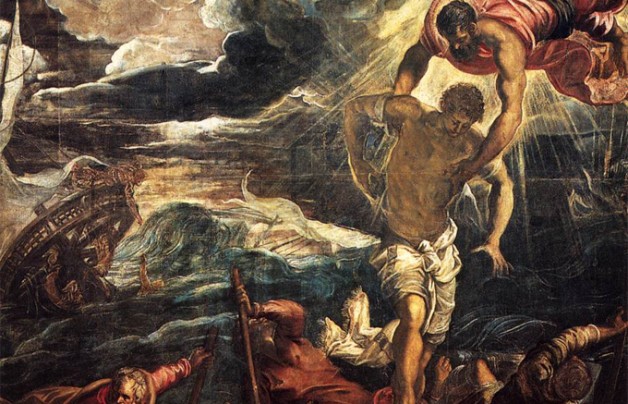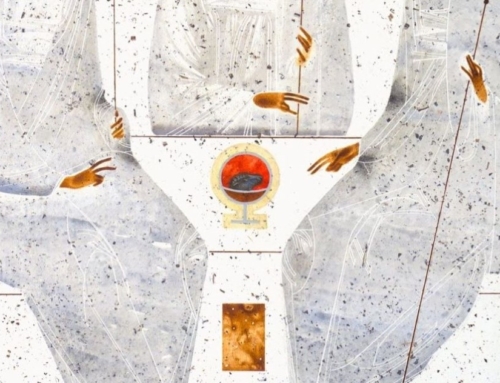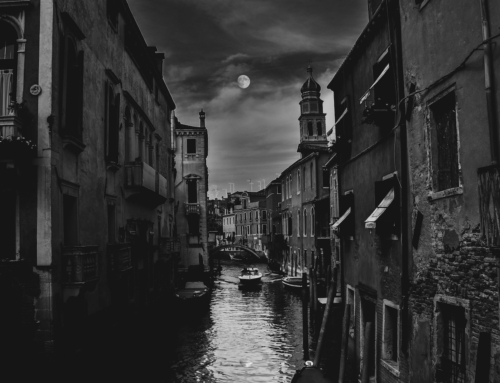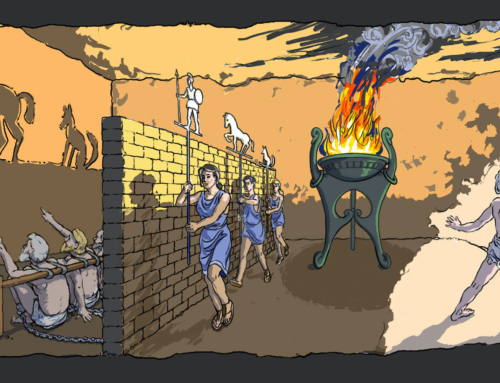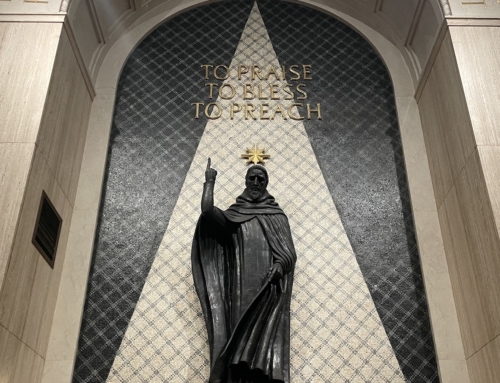When people think of miracles, an image of “wonder-works” comes to mind that ranges from the magnificent to the superstitious. But how tenable are miracles? Do they really happen, and, if so, can we believe in them? In a 2009 debate Christopher Hitchens put forward the following claim:
“I would say… faced with a supposed miracle, that it is much more likely that I am under a misapprehension than I am actually witnessing a miracle, and so would never believe it.”
Hitchens has a point. The existence and report of miracles are few and far between, and so miracles are in fact statistically vastly less likely to occur than everyday events. Therefore, shouldn’t we just disregard alleged claims of miraculous events?
Well, no. Just because an event is statistically unlikely doesn’t mean that the event will never occur. Distinct from its statistical probability, every event also has its own intrinsic probability. Despite the greater weight of your previous losses, it is still possible to win the lottery and know with certainty that this time you have in fact won, even if all the statistical evidence proves that you shouldn’t have.
Of course, just proving that rare events happen does not prove that miracles occur. Miracles are not only rare, but are naturally impossible events that circumvent all natural calculation or prediction. This is because they involve a supernatural cause. In His love for us, God really intervenes in His creation in ways that contravene the natural order, but he does so specifically for the sake of His creatures.
Miracles are meant for us humans – an embodied and rational race that has predictions and laws for a generally consistent, natural world. But there are events that cause our natural reasoning to lose its grasp of what otherwise appears so constant, where what we know to be naturally impossible seems to have happened. At such moments, a miracle may be the most likely explanation of what we have seen, heard, or touched, however unlikely that may seem.
Now even with a high number of witnesses and the most thorough scientific scrutiny, an observed anomaly in nature will not compel anyone to turn to a supernatural cause, or to believe in divine intervention. No sign or miracle, however great, will force the resolute unbeliever into belief. But when confronted with a healed paralytic, a tumor that has disappeared, or an incorrupt body, we are at least brought to question the limits of the natural order. Just as it was for St. Thomas when he put his hand in the side of Christ, the testimony of miracles encourages us to begin seeing the divine hand working in this world and reaching out to us.
Image: Tintoretto, St. Mark Rescuing a Saracen from Shipwreck

